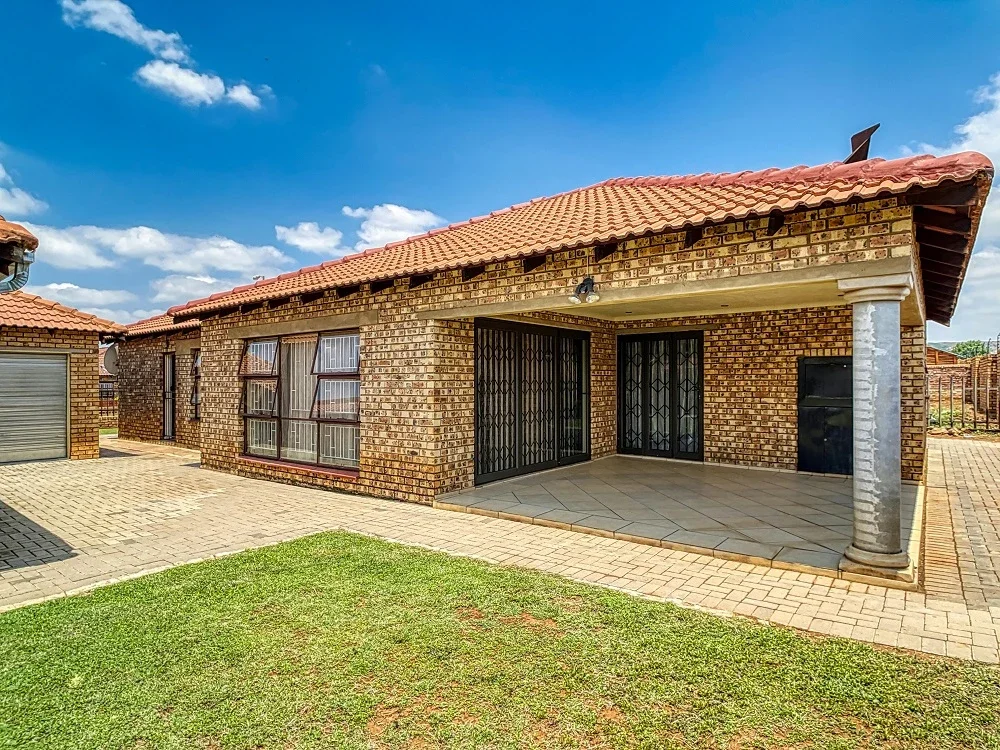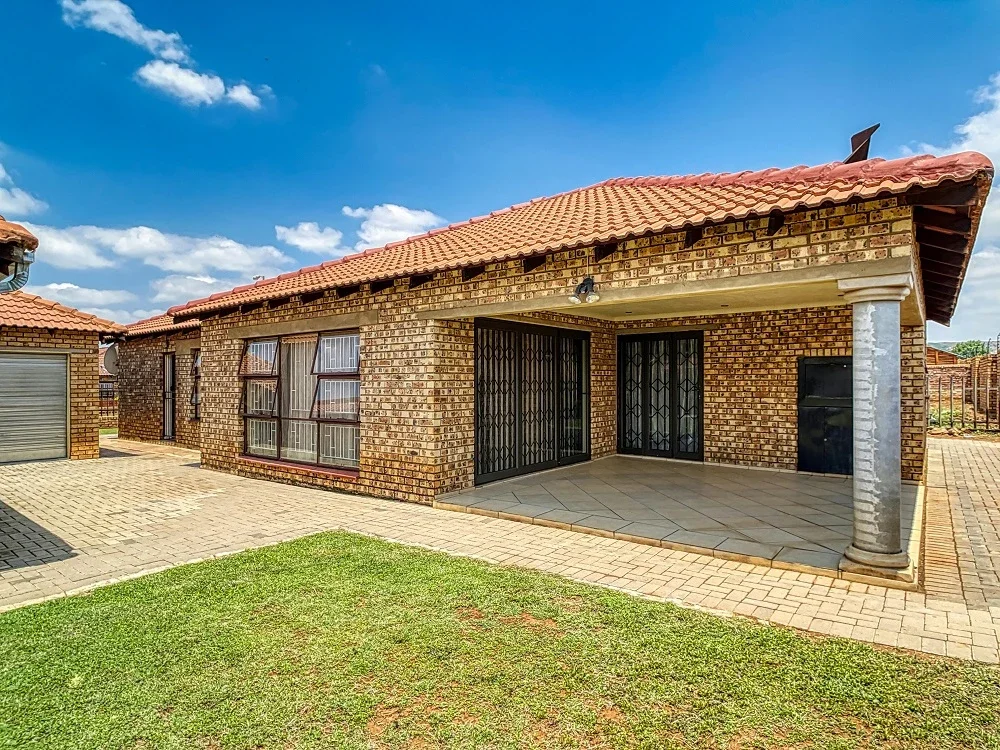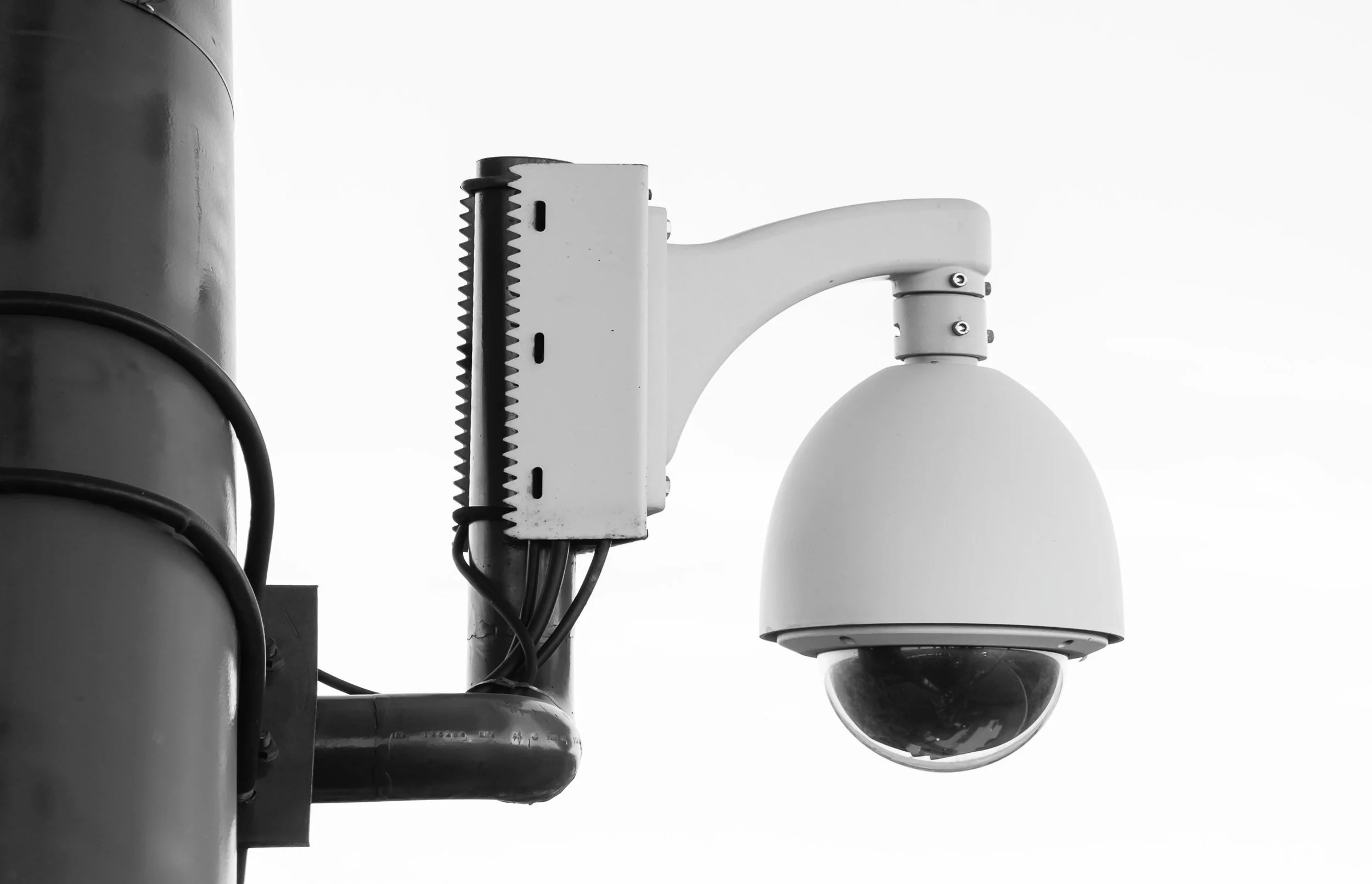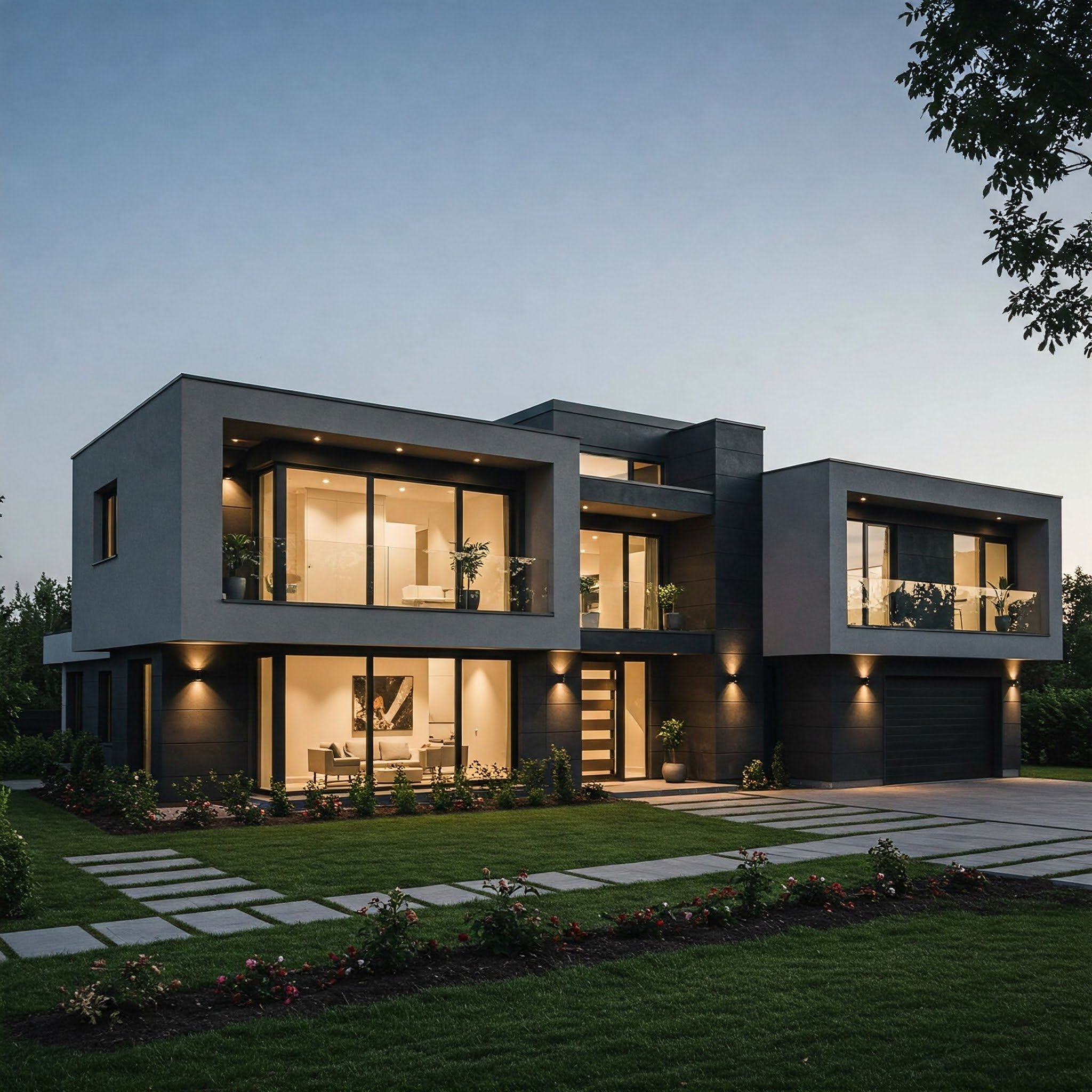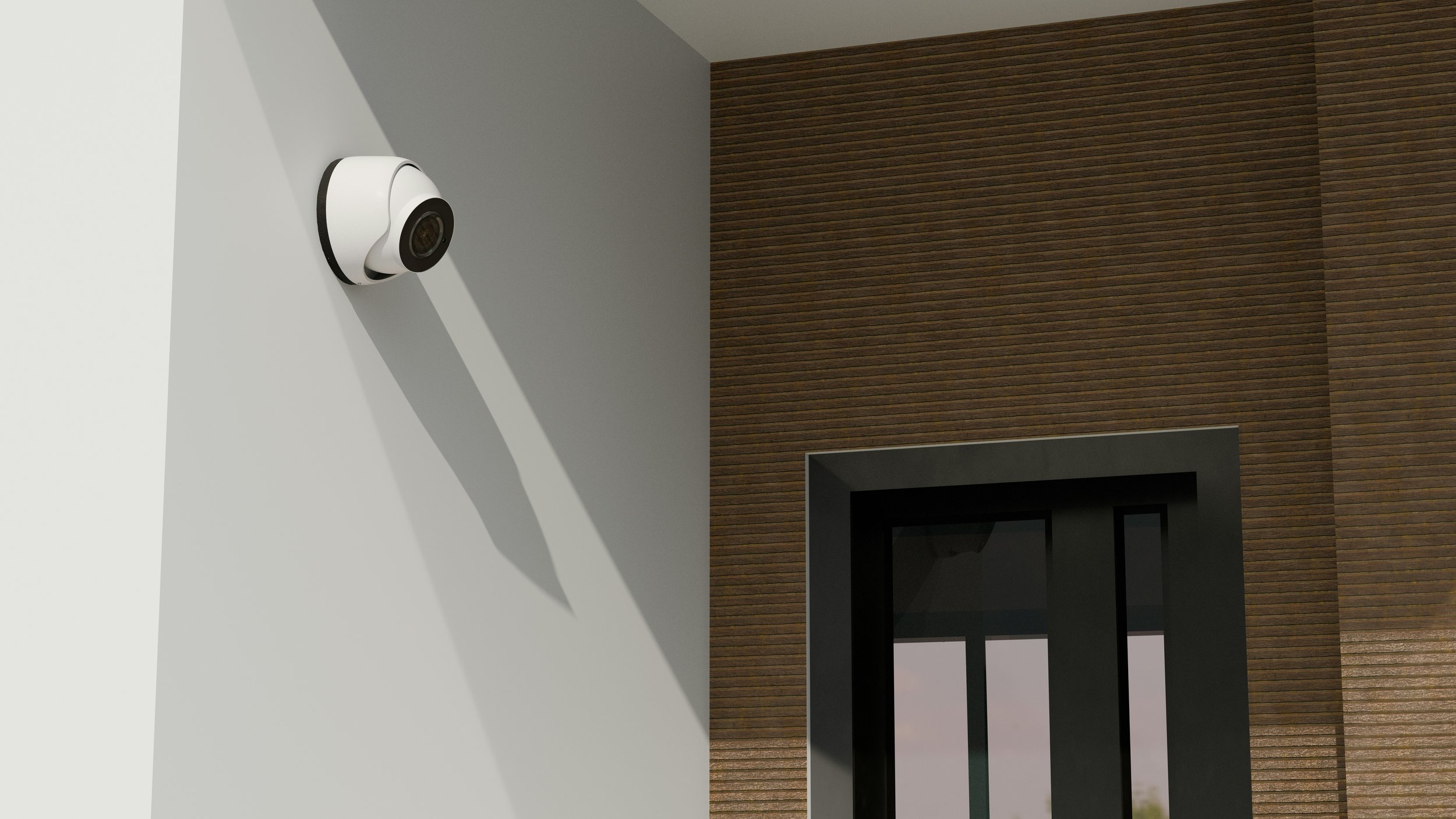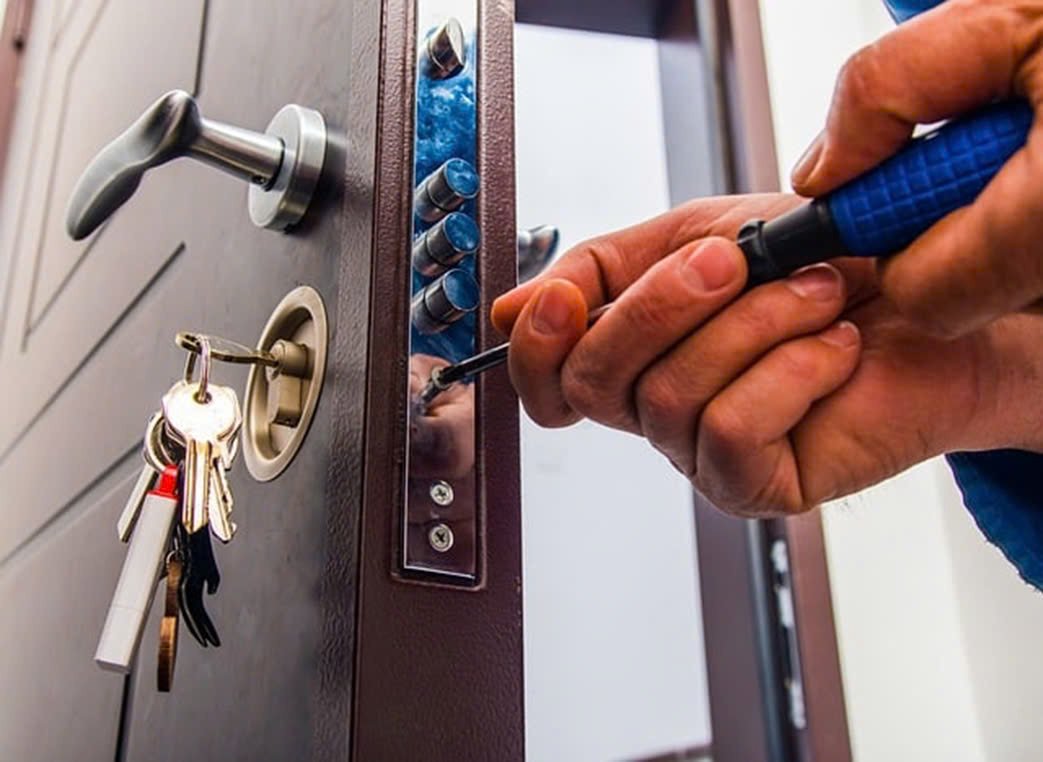CCTV installation: Enhancing Security for Private Homes
Learn how CCTV installation can boost security for private homes, providing peace of mind with modern surveillance solutions and smart monitoring.
In an era where home security is of the utmost importance, installing surveillance cameras has become essential for protecting private residences. Homeowners are increasingly recognising the value of these systems in deterring intruders, monitoring activity and providing peace of mind. This article delves into the intricacies of CCTV installation for private homes, exploring how these systems can enhance the overall safety of a dwelling. From choosing the right equipment to professional installation and maintenance, we will cover the key aspects to help you protect your property effectively.
Understanding the Need for Surveillance in Private Homes
Ensuring the safety of a personal residence involves more than just locking doors and windows; it requires the establishment of a comprehensive defence mechanism against potential threats. Although burglary rates have fluctuated in recent years, the fear of intrusion remains a constant concern for families. According to various security reports, homes without visible monitoring devices are more likely to be targeted by criminals. This is where the installation of CCTV cameras can play a pivotal role. By placing cameras strategically around your property, you can monitor entry points, driveways and backyards in real time, ensuring that any suspicious activity is captured and can be reviewed later.
When it comes to personal residences, the focus is often on discreet yet effective setups that blend in with the building's aesthetics. Unlike commercial configurations, which prioritise wide-area coverage, home-based surveillance emphasises privacy and targeted monitoring. Homeowners want solutions that protect their family without encroaching on their personal space. Features such as motion detection, night vision and remote access via mobile apps are indispensable for the protection of the modern household.
Types of Surveillance Systems Suitable for Private Homes
If you are planning to install CCTV in your home, it is important to understand the different types available. The most common types are analogue, IP (Internet Protocol) and wireless.
Traditional and cost-effective, analogue systems use coaxial cables to transmit video signals to a DVR (digital video recorder). While they are reliable for basic surveillance, they lack the high-definition quality of newer technologies. For smaller properties where budget is a constraint, analogue might suffice for personal residences.
IP cameras, on the other hand, are the gold standard for home monitoring today. These digital devices connect to your network, enabling high-resolution footage and easy integration with smart devices and scalability. They transmit data over the internet, enabling you to view footage remotely from anywhere in the world. In a domestic setting, IP cameras are ideal because they can be powered via Ethernet (PoE), which reduces the need for wiring and simplifies the installation process.
Wireless variants eliminate the need for cables altogether by using Wi-Fi to connect devices to a central hub or cloud storage. This makes them ideal for homes where running wires through walls could be disruptive. However, they require a strong Wi-Fi signal to avoid lag or disconnection, which could compromise security.
Hybrid approaches combine elements of analogue and digital technology, offering flexibility when upgrading existing configurations. When it comes to choosing the right type for a personal dwelling, factors such as property size, budget and desired features are important considerations for homeowners focused on safety.
Key Components of a Home Security Surveillance System
A robust setup for personal residences involves several key components that are tailored to their unique needs.
Cameras are the eyes of the system. Bullet models are weatherproof and ideal for outdoor use, providing an obvious deterrent. Dome cameras, with their vandal-resistant design, are ideal for indoor spaces such as hallways and garages. PTZ (pan-tilt-zoom) cameras can be remotely controlled to scan large areas, making them ideal for expansive backyards.
The recording device is equally important. DVRs (Digital Video Recorders) work with analogue cameras, while NVRs (Network Video Recorders) handle IP footage. Cloud storage provides an off-site backup, ensuring that recordings are safe even if the hardware is tampered with.
To prevent failures, power supplies and cabling must be reliable. For wireless configurations, batteries or solar panels can improve reliability in remote areas of the property.
Finally, monitors and apps enable live viewing. Integrating surveillance with smart doorbells or alarms in personal residences creates a layered approach, enhancing the household's overall safety.
Planning your Home Surveillance Setup
Thorough planning is essential for the safety of a personal dwelling before proceeding with CCTV installation. Start by assessing your property's vulnerabilities. Walk around your home and identify any blind spots, such as side entrances, windows or dark corners. Consider the layout; a single-storey building may require fewer devices than a multi-storey one.
Budgeting is key. Entry-level configurations can cost a few hundred dollars, whereas advanced ones with multiple high-resolution models could cost thousands. Don't forget to factor in ongoing costs such as electricity, internet bandwidth for remote access and potential subscription fees for cloud storage.
Legal considerations are vital. In many regions, it is permissible to install monitoring equipment on your private property, provided it does not infringe on your neighbours' privacy. Check local laws regarding audio recording, as some areas require consent. For personal residences, ensure that the devices are pointed inwards to avoid disputes.
Another decision is whether to use a professional or DIY approach. Although DIY kits are user-friendly, expert services guarantee optimal placement and integration, minimising the risk of errors that could make your home vulnerable.
Step-by-Step Guide to Setting Up Surveillance in Private Homes
Implementing a system in a personal dwelling can be straightforward with the right approach. Here's a detailed guide:
Site Survey and Placement: Begin with a site survey. Position outdoor units at least 9-10 feet high to prevent tampering. Cover main entrances, garages, and perimeters. Indoors, focus on high-traffic areas without invading personal spaces like bedrooms.
Mounting the Units: Use brackets to secure them. For wired variants, drill holes for cables, ensuring they are concealed to maintain aesthetics. Wireless ones simply need a power source and Wi-Fi connection.
Wiring and Power Connections: Run cables from units to the recorder. Use weatherproof conduits for outdoor runs. Connect to power outlets or use PoE for IP models to simplify.
Configuring the Recorder: Place the DVR or NVR in a secure, ventilated location like a utility room. Connect it to your router for remote access.
System Configuration: Install software or apps on your devices. Set up motion alerts, adjust resolution, and enable night vision. Test thoroughly to ensure all angles are covered.
Integration and Testing: Link with other security devices, such as alarms or lights. Conduct night tests and simulate intrusions to verify detection.
Post-setup, regular maintenance like cleaning lenses and updating firmware keeps the arrangement effective for long-term household protection.
The Benefits of Surveillance for Private Home Security
The advantages extend far beyond basic monitoring. Firstly, it acts as a deterrent: visible units can discourage potential burglars and reduce the likelihood of break-ins by up to 50%, according to some studies.
Real-time monitoring enables homeowners to respond swiftly to threats. Whether you're at work or on holiday, the app provides instant notifications and live feeds to enhance the security of your home.
Another key benefit is evidence collection. High-quality footage can help the police with their investigations and increase the chances of recovering stolen items.
The insurance perks are often overlooked. Many providers offer discounts for monitored homes, which offsets the costs over time.
For families, it provides an extra layer of safety, such as keeping an eye on children playing outside or elderly relatives. In essence, it turns a home into a fortified sanctuary.
Common Challenges and Solutions in Home Surveillance
No arrangement is without its challenges, particularly in personal residences. Poor Wi-Fi can cause connectivity issues with wireless devices. This can be solved using range extenders or wired alternatives.
Privacy concerns may arise if units capture public areas. Use privacy masks in the software to block out any unwanted views. Effective storage management is crucial. Loop recording overwrites old footage, but ensure there is adequate capacity for at least a week.
Cybersecurity risks are very real for IP variants. To protect against hacks, use strong passwords, enable encryption and keep software updated. Outdoor units can be damaged by weather elements; choose IP67-rated models for durability.
Anticipating these challenges will help homeowners ensure their system remains reliable.
Advanced Features for Enhanced Home Security
Contemporary options offer state-of-the-art features designed for residential properties. AI-powered analytics can detect unusual behaviour and distinguish between humans, animals and vehicles, thereby reducing false alarms. Facial recognition technology can alert you to known visitors or strangers. Integration with voice assistants such as Alexa enables hands-free operation.
With 4K resolution, images are crystal clear, and thermal units can detect heat signatures in complete darkness. Cloud integration ensures data redundancy, which is vital for preserving evidence.
These advancements mean that surveillance is no longer just a security tool, but an essential part of the smart home.
Cost Considerations and ROI
Expenses vary. Basic DIY four-camera setups start at $200–$500, while professional premium setups can cost between $1,000 and $3,000.
Also factor in the cost of accessories such as hard drives (£40–£150) and mounts (£8–£40 each). The return on investment is clear, with reduced theft risks and insurance savings often paying for the system within a few years. When it comes to personal residences, investing in quality provides long-term protection and eliminates the need for frequent replacements.
Maintenance and Upgrades for Longevity
To maintain the safety of a home, regular maintenance is necessary. Clean the units quarterly, check the connections and test the batteries.Firmware updates address vulnerabilities. Periodically review the quality of the footage and adjust the angles as the landscaping changes.
Upgrading to newer models every five to seven years will help you to keep pace with technology and ensure that your arrangement remains effective.
Securing Your Private Sanctuary
In conclusion, installing a surveillance system is a vital investment in the security of a home. By choosing the right configuration, planning meticulously and maintaining the system diligently, homeowners can create a safe environment for their loved ones. Whether it's deterring intruders or providing evidentiary support, a surveillance system empowers you to take control of your home's defences. As threats evolve, so should your defences. Start with a professional assessment today to fortify your private domain.
